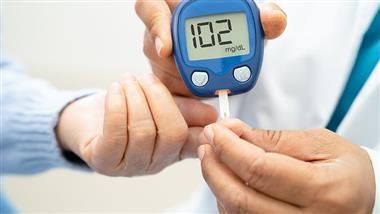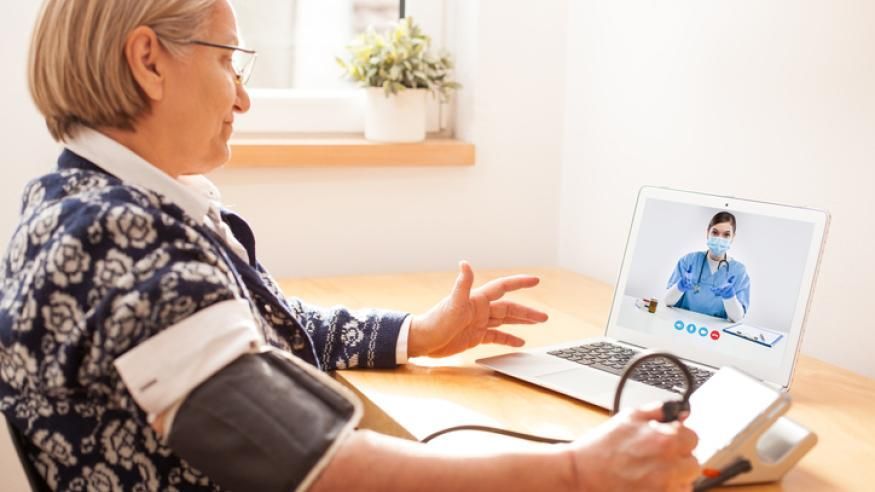Diabetes and Diet: Should We Curb the Carbs?
The debate over how many carbohydrates people should consume has raged for decades. Experts share their perspectives on low, very low, and moderate carb diets for ideal diabetes management.
Researchers over the years have studied the health benefits and hazards of carbohydrate consumption. Are low carbs or no carbs better? What about moderate carb consumption?
When topic experts shared their perspectives on carbohydrates at this year’s ADA Scientific Sessions, a new trend emerged: instead of debating how many carbs people should eat, experts have shifted the focus to how clinicians can educate and support patients about developing a healthy eating plan that fits each individual.
For an eating plan to be successful, it’s important to consider current eating patterns, health goals, culture, level of food security, and lifestyle habits.
Is consuming moderate carbohydrates best?
Dietitian and researcher Carol Kirkpatrick outlined three ranges of carbohydrate intake:
- Moderate: 130-220 grams per day, representing 26-44 percent of total calories.
- Low: 50-125 grams per day, representing 10-25 percent of total calories.
- Very low: 20-50 grams per day, representing less than 10 percent of total calories.
As a frame of reference, the average American gets roughly 45 percent of calories from carbohydrates. People need varying amounts of carbs, no matter what percent of calories they represent, based on their total daily calorie needs.
Kirkpatrick reviewed several research studies to support her position that consuming a medium amount of carbohydrates is optimal for managing diabetes. Several large, well-known studies showed a reduction in cardiovascular events (like heart attacks and strokes) in people consuming moderate carbohydrates. Extreme ends of the carb consumption spectrum (both low and high) were associated with an increase in heart-related deaths.
What about low-carbohydrate diets?
Internal medicine physician Dr. Dina Hafez-Griauzde argued that very low carbohydrate eating patterns are best for people with diabetes. She shared research showing that the degree of improvements seen in blood sugar and A1C levels is directly related to the amount of carbs consumed – meaning the fewer the carbs, the better.
The critique of very low carbohydrate plans is that they can be high in saturated fat. However, Hafez-Griauzde pointed to research that shows that high saturated fat intake within a very low carbohydrate diet actually improves health, including body weight, abdominal fat, triglyceride levels, and heart health.
There is also evidence that low carbohydrate eating plans may help people achieve rapid weight loss, improve insulin sensitivity, lower blood pressure, and reduce the amount of insulin and other diabetes-related medications needed.
Carb intake depends on your primary health goals
Kirkpatrick also described the challenge of lumping all people with diabetes together when discussing patient care goals and priorities. For some, lowering glucose and A1C levels is the main priority. For others, losing weight to reduce insulin resistance and improve blood sugar control is the goal.
“It’s one thing to look at research data and another to work with the priorities of the person with diabetes I’m counseling,” said Kirkpatrick.
Her analysis of the body of evidence on carb intake shows:
- For short-term weight loss: Very low or low carb consumption results in the most weight loss. However, by 12 months, these eating plans are not as successful. Research shows low-carb diets are challenging long-term because they’re often not aligned with a person’s typical eating habits. This points to the argument that moderate levels of carbohydrates are easier to maintain.
- For glucose and A1C lowering: Lowering carb intake seems to be beneficial when it comes to lowering blood sugar and A1C. The issue here, again, is the difficulties in keeping up with a restricted-carb diet.
- For reducing cholesterol: Moderate carbohydrate consumption lowered LDL (aka “bad”) cholesterol the most, whereas a lower carb diet reduced triglycerides the most.
Take-home messages
There are a few things experts agree on. The main point is that there isn't a one-size-fits-all diet for people with diabetes. Important takeaways are echoed in the American Diabetes Association’s nutrition recommendations:
- Emphasize a whole, plant-based diet, and limit animal fats, processed meats, refined grains, and added sugars. Emphasize eating whole fruit, colorful vegetables, whole grains, and healthy protein sources including nuts, seeds, beans, seafood, and lean cuts of meat, and plant-based oils.
- Replace calories with fat and protein. If you want to consume fewer carbohydrates, replace calories with sources of fat and protein like the ones mentioned above rather than foods rich in saturated fats.
- Choose a healthy diet. While each person’s eating plan will look different, there are specific diets that are better. The Mediterranean diet, DASH diet, vegetarian, and vegan diets are all examples of diets that promote overall health.
What diet is optimal for one person with diabetes may not be for another. Since we can’t know 100 percent from studies what’s best for each individual, people need to learn what works best for their lifestyle and diabetes care goals, both short and long-term.
Source: diaTribe Learn
By:
Hope Warshaw
Healthy Bites
















